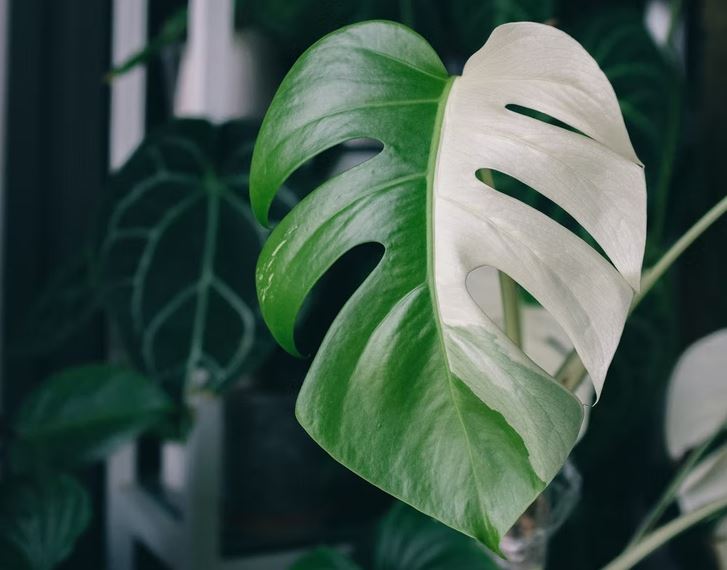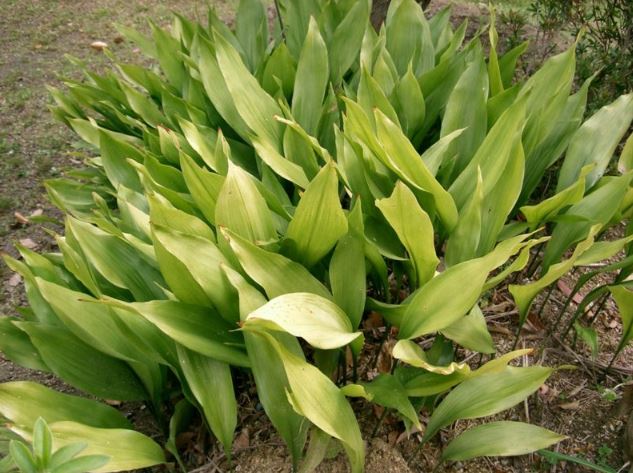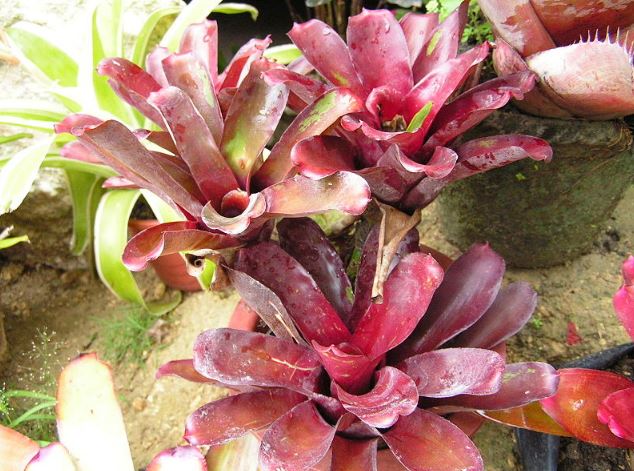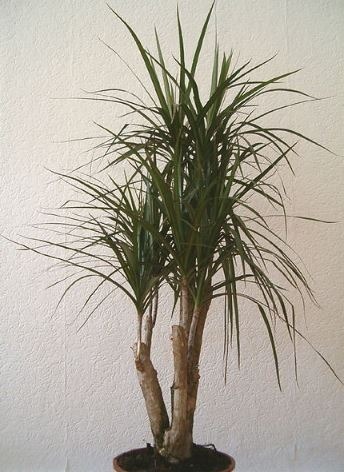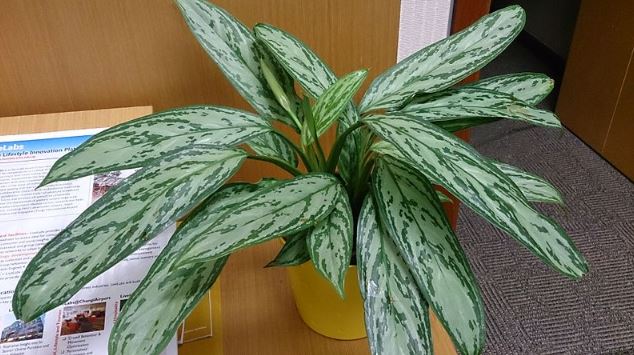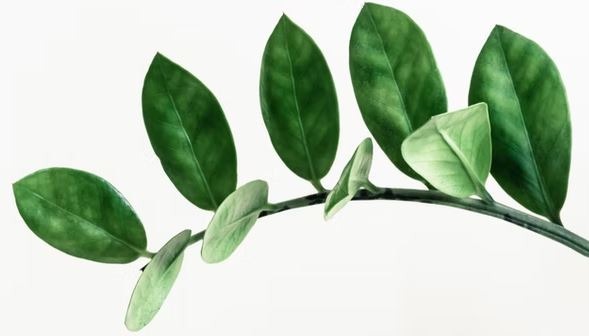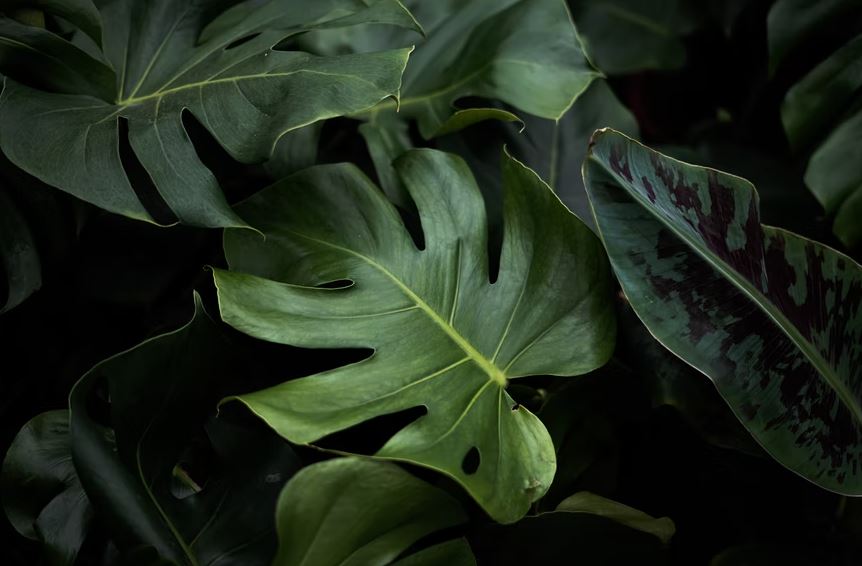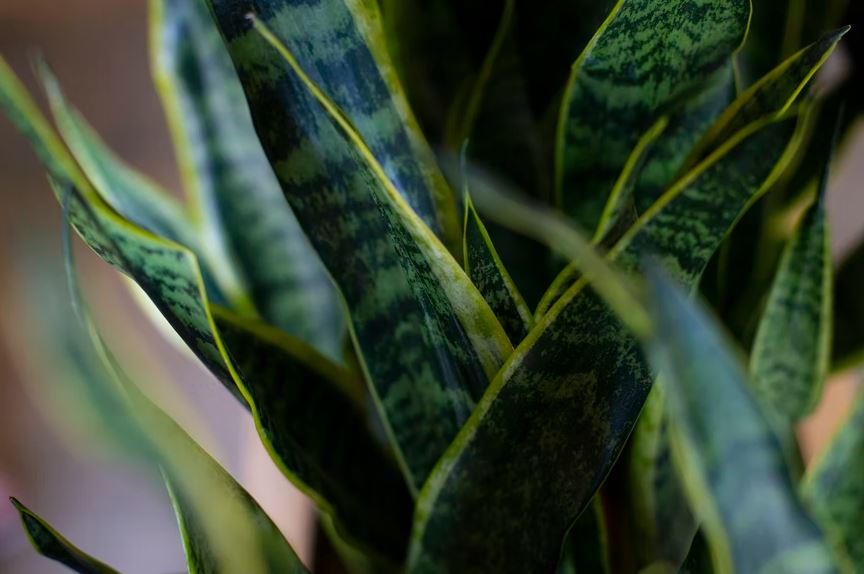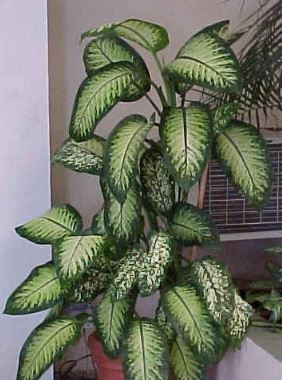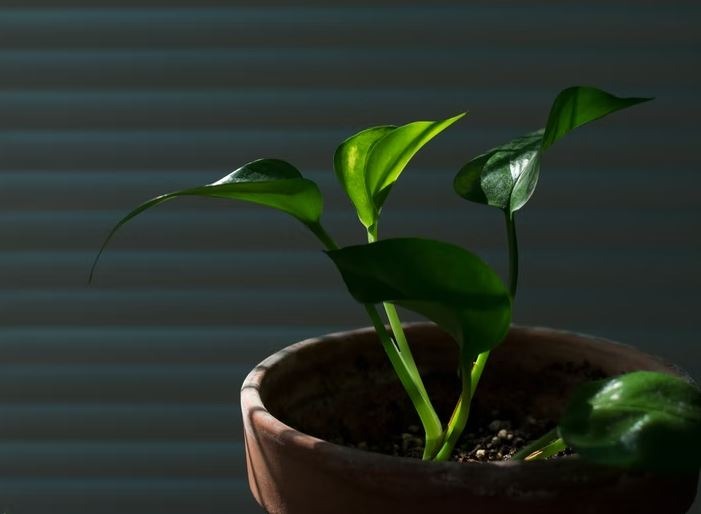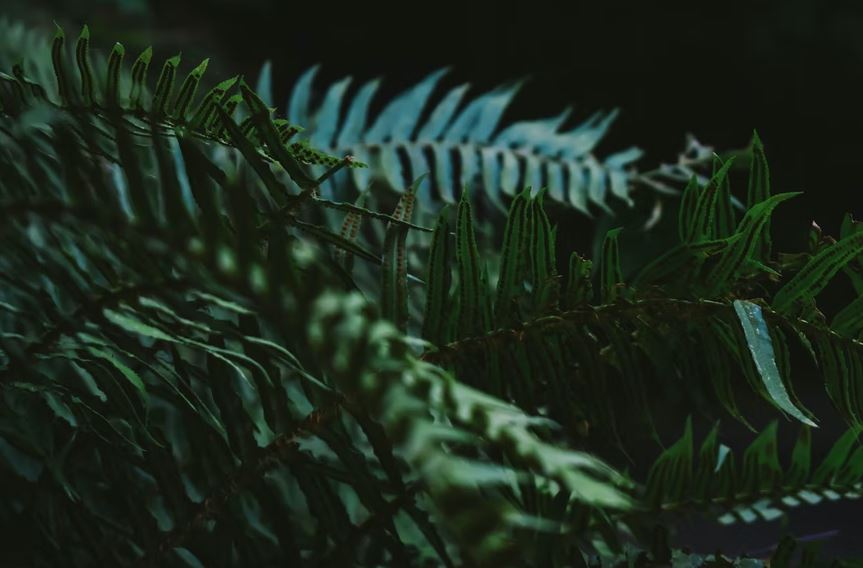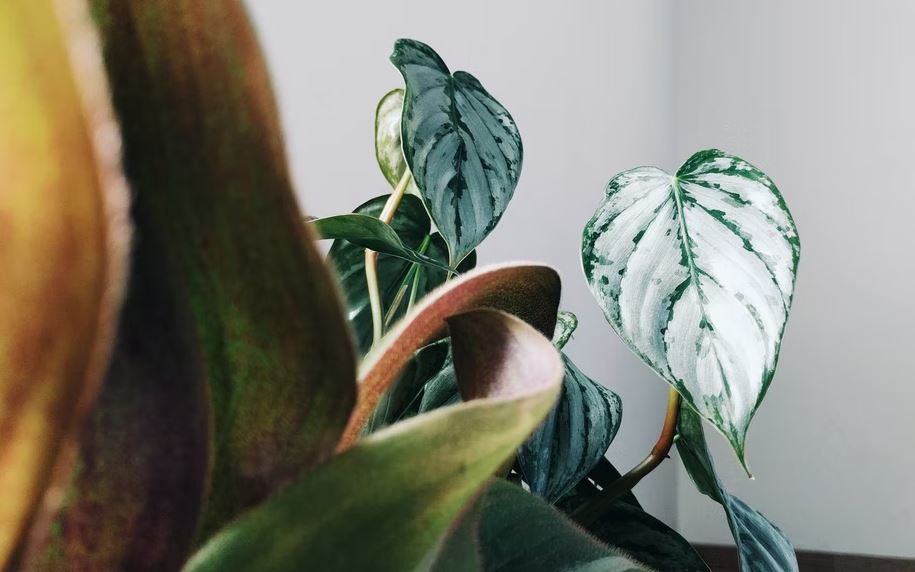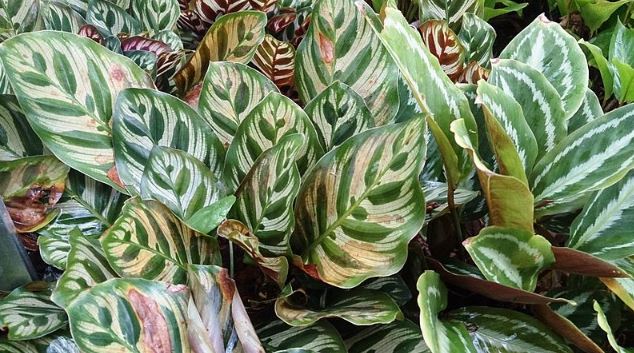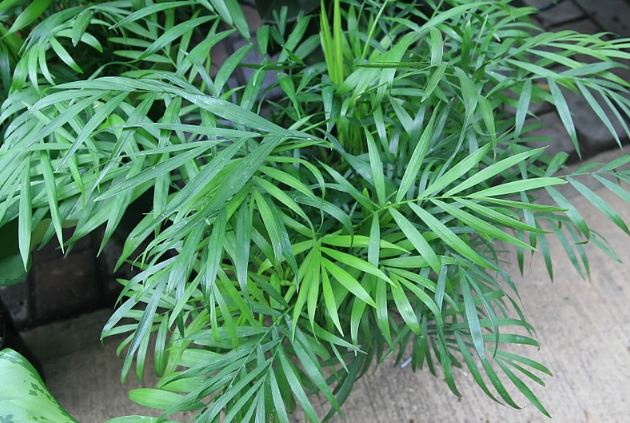A lack of sunlight shouldn’t restrain you from growing beautiful, luscious indoor plants throughout your beloved space. While most plants require ample light in order to thrive healthily, some can endure shady conditions and do well with indirect sunlight or even artificial light.
Whether it’s your dark bedroom or home office that only depends on fluorescent light, you can always decorate it with plants that don’t need much sun. There’s a plethora of these surprising plants, which means you can even incorporate a gorgeous array of greeneries and add life to your area.
To get you started, here are our picks for the best plants that don’t need bright light – perfect for the tricky, shrouded spaces in your home.
1. Cast Iron Plant (Aspidistra elatior)
Named for its tough nature and almost indestructible qualities, the cast irons are a hardy plant that can tolerate a wide variety of harsh conditions, including low-light environments. In fact, they prefer shade better, as exposing them to direct sunlight can scorch their leaves and turn them brown. However, remember that like any other shade-loving greeneries, they won’t thrive in total darkness.
Though the cast irons are a slow-growing plant, they are easy to keep and only need little maintenance. That means they are perfect for owners with a busy lifestyle or those not blessed with green thumbs. Plus, cast irons are pet safe, while their rich green leaves serve as a beautiful addition to any corner inside your home.
2. Bromeliads (Bromeliaceae)
It’s common to think that bromeliads require lots of sunlight due to their vibrant pops of colors which makes them look great on tabletops, floors, or shelves. Yet, these tropical plants actually can’t take direct sunlight as it can damage their leaves. They thrive better in low light conditions and even on regular light bulb lighting in case natural light is not available. Moreover, they also don’t need much watering and can even thrive in drought-like conditions. What’s great is that they have beautiful foliage, form, and flowers, making them one of the best shade-loving houseplant options.
3. Dragon Tree (Dracaena marginata)
The Dragon Tree is another extremely durable plant that’s nearly impossible to kill. It only needs very little watering and can thrive in low light to medium light environments. Overwatering and direct exposure to sunlight are things they don’t take well and do harm to its leaves. It’s easy to fit it on a tabletop, shelf, or the floor in any low-light area in the home. A bonus is that the Dragon Tree is a great air-purifier, like other plants under the Dracaena family. It does an excellent job of removing toxins, such as formaldehyde and xylene, chemicals found in varnish, hairspray, paints, and adhesives.
4. Chinese Evergreen (Aglaonema)
Chinese evergreen plants are another sturdy plant that can endure a good amount of neglect. They are also among the best plants for dark rooms as they don’t need sunlight, being able to survive in very low natural light or under a regular light bulb. Plus, they only require fertilizing once or twice a year. No surprise that it’s considered an ideal choice for newbies looking for their first plant.
Younger Chinese evergreen plants are compact enough to serve as a shelf, tabletop, and desk décor. When they mature, these plants produce beautiful, white flowers that look close to calla lilies, which look best in open spaces or on the floor beside furniture. They’re also air-filtering houseplants, which means grabbing them is also a healthy choice for any home.
5. ZZ plant (Zamioculcas)
Don’t be deceived by the ZZ plant’s shiny, waxy leaves as it’s one of the hardiest houseplants around. Also dubbed as the “eternity plant,” it is nearly impossible to kill, surviving dry environments and sporadic watering and thriving in extremely low light conditions and areas with no natural sources. Its vivid green color and lush foliage are sure to add excitement to any room. Just be careful as they’re known to have juices that can irritate the skin.
6. Monstera (Monstera Deliciosa)
Also called the Swiss cheese plant, Monstera is a beautiful houseplant with huge, heart-shaped leaves which develops distinct splits and holes as the plant grows. While many deem that an alluring plant like that can handle low light conditions, it actually thrives in any lighting circumstances it is exposed to. Monstera takes time to grow, but you’ll be rewarded with wide leaves that work great in open spaces inside the home. However, this loves to climb, so it’s important to provide it with a moss-covered stick or trellis for support.
7. Snake Plant (Sansevieria trifasciata)
Snake plants, also referred to as “mother-in-law’s tongue” or “Saint George’s sword,” are plants renowned for their long, sharp striped, and margined leaves that resemble snakes. These plants are very forgiving and can survive weeks of neglect from the most forgetful plant parents. They only need watering once a month or when the soil is dry. Otherwise, they’ll perish from overwatering due to rotting. Moreover, they prefer low indirect light and endure a great range of light conditions. Visibly tall with vivid green and white colors, they’re ideal for popping color to any area in the house like corners or in the bedroom.
8. Dumb Cane (Dieffenbachia)
If you’re looking for a tall houseplant that requires little to no sunlight, dumb canes are your best bet. They can definitely thrive in low-light spaces, even those areas that are only shone upon by little filtered light passing through curtains or windows. They’re striking, striped leaves are gorgeous, which is why they’re commonly found as an adornment in homes. The catch is they’re named as such because all the parts of the plants are poisonous. You need to devote extra caution, especially if you’re living with pets and children.
9. Spider Plant (Chlorophytum comosum)
Thanks to their high adaptability, spider plants are among the easiest houseplants to grow. Thus, making them super popular to most plant parents. Its green-and-white particolored arching leaves look graceful and can quickly be a statement piece as a hanging plant or as a décor on the mantle. Worry not, as they can also withstand little light, and also thrives in a blend of natural and artificial light.
10. Pothos (Epipremnum aureum)
Though pothos plants prefer high light, they can also tolerate low light. However, golden and varicolored types may turn green in low-light environments. With that, the solid green leaves of the jade pothos make it the most ideal type in low-light spaces. Also referred to as Devil’s Ivy, this plant’s beautiful, long vines and shiny, heart-shaped leaves are perfect for adorning walls or incorporating a tropical appeal whether on planted pots or as a hanging plant.
11. Sword Fern (Lomariopsidaceae)
If you wish to have a Jurassic Park theme in your home, sword ferns are the perfect choice for you. Like most ferns, it loves conditions that are close to the jungle floor, its natural habitat. That means they prefer damp, earthy, and low-light environments to thrive. Its prehistoric look and lush green leaves are ideal for bathrooms and wet rooms. If not, you can freely place them in any area in your home, but make sure to regularly spritz them with water and fertilizer for their optimum growth.
12. Peace Lily (Spathiphyllum)
Another houseplant that doesn’t need bright light is the peace lily. However, its name is a misnomer as it’s not a true lily at all. The conspicuous white petal around the yellow bud is actually a bract or specialized leaf.
As it can grow up to 40 inches, this houseplant is usually kept as a floor décor. It can tolerate low to medium light, and also does well on artificial light. However, it is more likely to flower in areas with a better amount of light. Flowers sprout multiple times in a year and look lovely in any space in the home.
13. Philodendron
Famous for their distinct appearance and lively foliage, philodendrons are sturdy plants that can also endure minimal care and a wide variety of conditions, including low-light environments. They are both climbing and non-climbing types, which can grow six feet wide and three feet tall with utmost care.
Still, they’re tough plants that thrive in partial shade and are among the easiest ones to grow. Be wary, however, that their leaves and stem contain high levels of calcium oxalate that can be toxic to humans and pets if ingested. So, be careful if you decide to keep them in your home.
14. Peacock Plant (Calathea makoyana)
The Peacock plants’ attractive foliage looks very similar to a peacock’s feathers. Hence, the name. They detest excess direct light, as exposing them to too much sun can damage their leaves. Instead, they prefer low to medium light to keep their beautiful leaves happy. Also called many names like zebra plant, rattlesnake plant, and cathedral windows, these plants are a bit finicky as they can also be damaged by fluoride present in water. You need to get rainwater or distilled water without fluoride when watering to keep them healthy.
15. Parlor Palm (Chamaedorea elegans)
During the Victorian era, having parlor palms were an indication of affluence, and the Victorians filled their rooms with these plants matched with ornate ceramic jars. Today, these palms are among the heavily sold houseplant palms across the globe and continue to add a ritzy feel to any space it occupies. They can tolerate low, indirect light conditions, but do better in medium light. Parlor palms also favor shadier locations rather than brighter spaces, so there’s no need to place them near windows. Even artificial light will do for these tall, beautiful plants.
16. Lucky Bamboo (Dracaena sanderiana)
Capping this list is lucky bamboo, which is said to be a harbinger of wealth and abundance to its owner. These plants are fast growers and crave some light, but low light works for them as well, and can happily thrive in shade areas in the home. Though very hardy in general, they are a sensitive chemical found in tap water, so it’s best to use distilled or bottled water when watering them. Otherwise, you can leave tap water overnight to let chemicals evaporate.
Final Words
Lack of sunlight in your home should never be an issue when thinking of growing plants. Feel free to add these greens as they don’t mind sun-deprived areas and will still happily thrive in your space even without much bright light.

